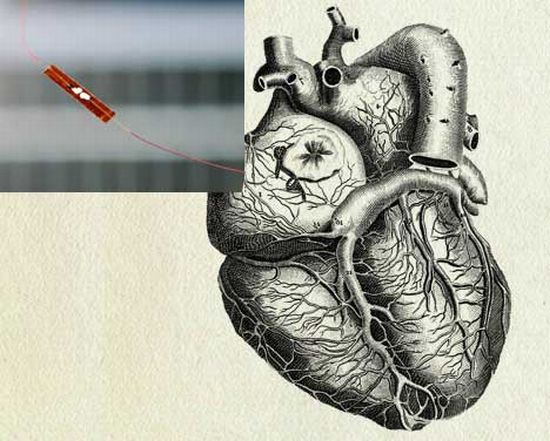
Eco Factor: Nanowire generators could power medical devices using human organs.
Researchers at Georgia Institute of Technology have discovered a method that could lead to powering medical devices powered by the patient’s own heart. What they really did was they deposited a zinc oxide nanowire on a flexible polymer substrate, after which the device was put into a polymer casing to protect it from body fluids interacting with it. Then it was attached to the diaphragm of the most popular animal of any research, the rat of course.
It was found that the rodent’s breathing stretched the nanowire, and the device generated four picoamperes of current at two millivolts. The scientists were surprised to see that on attaching the device to the rat’s heart it generated 30 picoamperes at three millivolts. Zinc oxide nanogenerators are ideal power source for nano-scale sensors that monitor blood pressure, glucose levels or even detect cancer biomarkers.
Although they are quite efficient, but in order to have a nano scale, they need a long-lasting nano-sized power source instead of a battery. So, the researcher have a challenge to find out a way to collect as much energy as possible from the available sources to keep a device running. Their main goal is to make self-powered nano devices for medical applications.
Via: Treehugger




